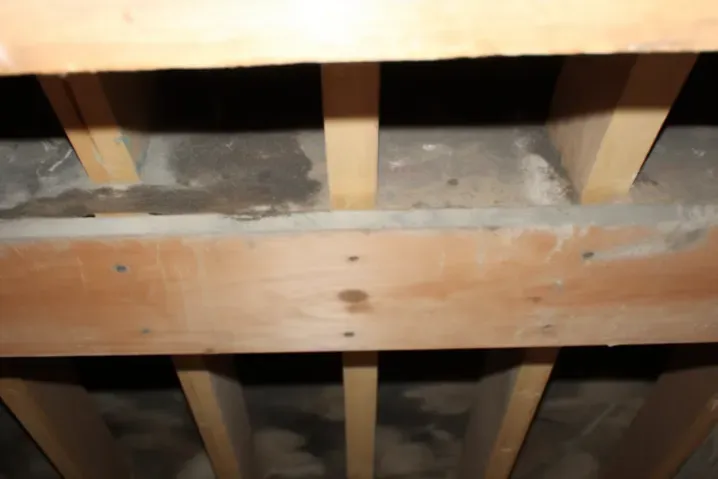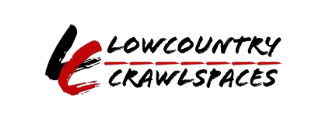Common Causes of Crawl Space Mold
Welcome to our in-depth exploration of a common yet often underestimated issue in homes: the prevalence of mold in crawl spaces. This hidden area beneath your house, while out of sight, should not be out of mind, especially when it comes to mold growth. In this blog, we will delve into why mold frequently finds a haven in crawl spaces and discuss the critical importance for homeowners to understand the causes of mold.
Mold in crawl spaces is a widespread problem, primarily due to the typical conditions found in these areas – damp, dark, and often poorly ventilated. These conditions create an ideal breeding ground for mold, leading to its prevalence in many homes. The presence of mold in crawl spaces is not just a minor nuisance; it can have significant implications for the health of the home's inhabitants and the structural integrity of the house itself.
Understanding the causes of mold is crucial for homeowners. It's the first step in effective mold management, enabling you to take proactive measures to prevent its occurrence and address it promptly if it does appear. From identifying sources of moisture to recognizing inadequate ventilation, knowing what contributes to mold growth helps in implementing the right solutions to keep your crawl space and home healthy.
Join us as we uncover the reasons behind the common occurrence of mold in crawl spaces and provide insights into how homeowners can effectively tackle this challenge. Our goal is to empower you with the knowledge to prevent and address mold issues, ensuring your home remains a safe and comfortable environment.
Understanding Mold Growth in Crawl Spaces
Mold growth in crawl spaces is a concern for many homeowners, and understanding the conditions that lead to its proliferation is key to prevention and remediation. This section provides a basic introduction to mold biology and the specific characteristics of crawl spaces that make them particularly susceptible to mold growth.
Conditions Favorable for Mold Growth
Basic Introduction to Mold Biology and Ideal Growth Conditions
Mold is a type of fungus that plays a vital role in nature by breaking down organic matter. However, when it grows unchecked in homes, it can cause problems. Key factors that contribute to mold growth include:
- Moisture: Mold spores need moisture to grow and proliferate. Any source of water, such as leaks, high humidity, or condensation, can create an environment conducive to mold growth.
- Temperature: Mold typically thrives in warm environments, though some types can also grow in cooler temperatures.
- Food Source: Mold feeds on organic materials like wood, paper, and fabric. These materials are often abundant in crawl spaces.
- Darkness: While not all molds require darkness, many thrive in dark environments, such as those found in crawl spaces.
Why Crawl Spaces are Susceptible to Mold
Specific Characteristics of Crawl Spaces That Make Them Prone to Mold
Crawl spaces are particularly vulnerable to mold growth due to their unique characteristics:
- Poor Ventilation: Many crawl spaces lack adequate ventilation, leading to stagnant air and moisture buildup, which creates ideal conditions for mold growth.
- High Humidity: Crawl spaces often have higher humidity levels, especially if they are not properly sealed or ventilated.
- Dampness: Due to their proximity to the ground, crawl spaces are prone to dampness from ground moisture, leaks, or flooding.
- Organic Materials: Crawl spaces typically contain organic materials such as wood framing and insulation, which serve as food sources for mold.
Major Causes of Mold in Crawl Spaces
Mold in crawl spaces is a common issue in many homes, and understanding its major causes is crucial for effective prevention and remediation. This section focuses on two primary contributors to mold growth in these areas: excessive humidity and moisture, and poor ventilation.
Excessive Humidity and Moisture
Description of How High Humidity Levels Contribute to Mold Growth
High humidity levels in crawl spaces create an ideal environment for mold to thrive. Mold spores, which are naturally present in the air, need moisture to start growing and spreading. When the humidity in a crawl space remains high, it provides the perfect conditions for mold to flourish.
- Sources of Humidity in Crawl Spaces: Common sources include groundwater seepage, leaks from plumbing, condensation from air conditioning units, or simply the natural humidity from the surrounding soil.
- Signs of Excessive Moisture: Indicators include condensation on pipes or crawl space walls, a musty smell, damp or wet insulation, and visible mold growth.
Poor Ventilation
The Role of Inadequate Ventilation in Promoting Mold
Proper ventilation is crucial in crawl spaces to prevent mold growth. Inadequate ventilation leads to stagnant air, which exacerbates moisture problems and creates a conducive environment for mold.
- Identifying Ventilation Issues: Signs of poor ventilation include a persistent musty odor, visible mold growth, and high humidity levels compared to the rest of the house.
- Solutions for Improving Air Circulation: Strategies include installing vents or fans to promote air exchange, using dehumidifiers to control humidity levels, and ensuring that vents are not blocked by debris or insulation.
Water Intrusion and Leaks
Water intrusion and leaks in crawl spaces are significant contributors to mold growth and structural damage in homes. Understanding how these issues arise and their impact is crucial for homeowners. This section delves into the effects of plumbing leaks and external water intrusion on crawl spaces.
H3: Plumbing Leaks and Water Damage
How Leaks from Plumbing Can Lead to Mold
Plumbing leaks are a common issue in crawl spaces and can lead to serious mold problems:
- Source of Moisture: Leaks from pipes, especially those that go unnoticed or are hard to access in crawl spaces, provide a constant source of moisture, which is a key ingredient for mold growth.
- Rapid Mold Growth: Even a small leak can create conditions for mold to flourish rapidly. The enclosed nature of crawl spaces exacerbates this issue, as moisture can accumulate and persist.
- Signs to Watch For: Homeowners should be alert to signs like water stains, damp or musty odors, and visible mold growth around plumbing lines. Regular inspections of crawl space plumbing can help in early detection and repair of leaks.
External Water Intrusion
Impact of External Factors Like Flooding or Poor Drainage
External water intrusion is another major factor contributing to mold in crawl spaces:
- Flooding and Groundwater: Heavy rains and flooding can lead to water seeping into crawl spaces, especially if the home’s drainage is inadequate. This can result in standing water, which not only encourages mold growth but can also weaken the foundation.
- Poor Drainage Systems: Homes with poor exterior drainage systems are at risk of water intrusion. This includes issues like clogged gutters, improperly directed downspouts, and landscape grading that directs water towards the foundation.
- Preventive Measures: To mitigate these risks, ensure good exterior drainage, install sump pumps if necessary, and consider crawl space encapsulation to protect against moisture from the ground.
Insufficient Insulation and Vapor Barriers
Insufficient insulation and the absence of vapor barriers are significant factors that can lead to mold growth in crawl spaces. Understanding the role of these elements in controlling moisture is key to preventing mold and maintaining a healthy home environment. This section explores the importance of proper insulation and the effectiveness of vapor barriers in mold prevention.
Role of Insulation in Mold Prevention
Importance of Proper Insulation in Controlling Moisture
Insulation plays a crucial role in regulating temperature and moisture levels in crawl spaces:
- Moisture Control: Proper insulation helps maintain consistent temperatures in crawl spaces, reducing the likelihood of condensation, which can lead to mold growth.
- Energy Efficiency: Besides preventing mold, well-insulated crawl spaces contribute to the overall energy efficiency of the home, reducing heating and cooling costs.
- Types of Insulation: It’s important to choose the right type of insulation for crawl spaces. Materials like fiberglass batts, foam boards, and spray foam insulation are commonly used, each with its advantages in moisture control and thermal regulation.
- Installation and Maintenance: Proper installation and regular inspection of insulation are crucial. Damaged or wet insulation can become a source of mold growth and should be replaced or repaired promptly.
Vapor Barrier Effectiveness
How Vapor Barriers Work and Their Role in Preventing Mold
Vapor barriers are an essential component in the fight against mold in crawl spaces:
- Function: Vapor barriers are materials, typically plastic or foil sheets, that are installed on the crawl space floor and sometimes on the walls. They are designed to prevent moisture from the ground from evaporating into the crawl space air.
- Preventing Mold Growth: By controlling ground moisture, vapor barriers reduce the overall humidity level in crawl spaces, making them less hospitable to mold.
- Installation Considerations: For maximum effectiveness, vapor barriers should cover the entire crawl space floor and be properly sealed at the seams. In some cases, crawl space encapsulation, which completely seals the area with a vapor barrier, may be recommended.
- Complementary Measures: While vapor barriers are effective, they should be part of a comprehensive moisture control strategy, including proper ventilation and insulation.
Organic Material and Debris in Crawl Spaces
The presence of organic material and debris in crawl spaces can significantly contribute to mold growth. Understanding what constitutes mold's food sources and how to manage these elements is crucial for homeowners looking to maintain a healthy crawl space. This section explores the types of organic materials that feed mold and offers best practices for keeping crawl spaces clean.
Mold's Food Sources
Types of Organic Materials That Feed Mold Growth
Mold thrives on various organic materials commonly found in crawl spaces:
- Wood: Wooden beams, subflooring, and other structural components are prime targets for mold, especially when they become damp.
- Insulation: Certain types of insulation, particularly those made from organic materials, can harbor mold if they become wet.
- Paper and Cardboard: Stored items like cardboard boxes or paper products can quickly become food sources for mold in humid conditions.
- Fabric and Upholstery: Any fabric materials, including old clothing or upholstered furniture stored in crawl spaces, are susceptible to mold growth.
- Dust and Soil: Accumulated dust and soil can contain organic particles that mold can feed on.
Keeping Crawl Spaces Clean
Best Practices for Reducing Organic Debris and Deterring Mold
Maintaining a clean crawl space is key to preventing mold growth:
- Regular Cleaning: Periodically remove debris, dust, and potential mold food sources from your crawl space. This reduces the materials mold can feed on.
- Proper Storage: Avoid storing items made of organic materials in the crawl space. If storage is necessary, use plastic containers instead of cardboard boxes.
- Moisture Control: Keep the crawl space dry. Use dehumidifiers, sump pumps, or proper ventilation techniques to manage humidity levels.
- Insulation Maintenance: Regularly inspect and maintain insulation, ensuring it remains dry and intact. Replace any wet or moldy insulation promptly.
- Pest Control: Pests can bring in organic matter and create conditions conducive to mold growth. Implement pest control measures to keep the crawl space clean.
FAQs
Contact Lowcountry Crawlspaces Today!
Lowcountry Crawlspaces will do everything we can to ensure your experience with us is excellent.
Request A FREE Estimate
CHECKOUT RECENT POST
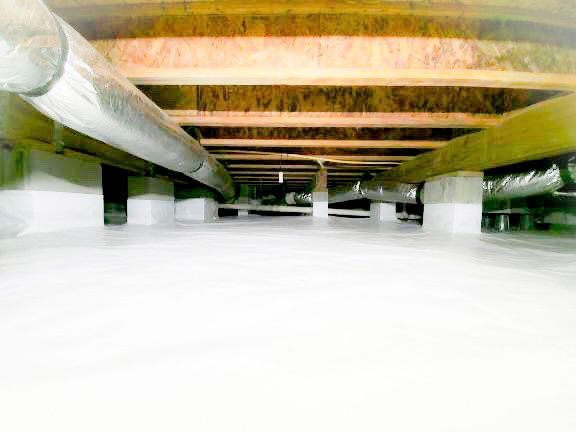
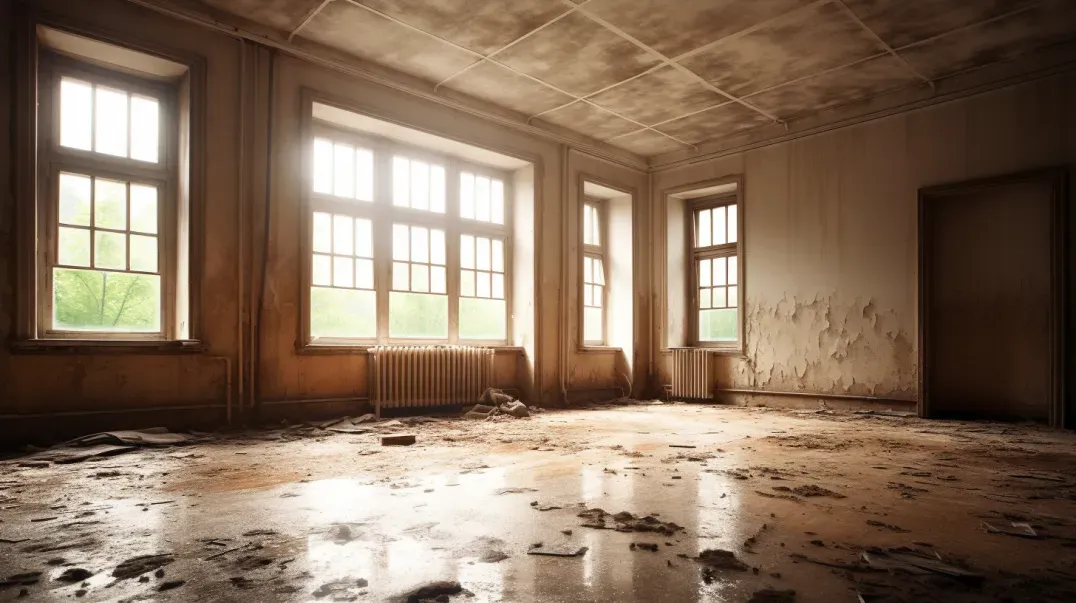
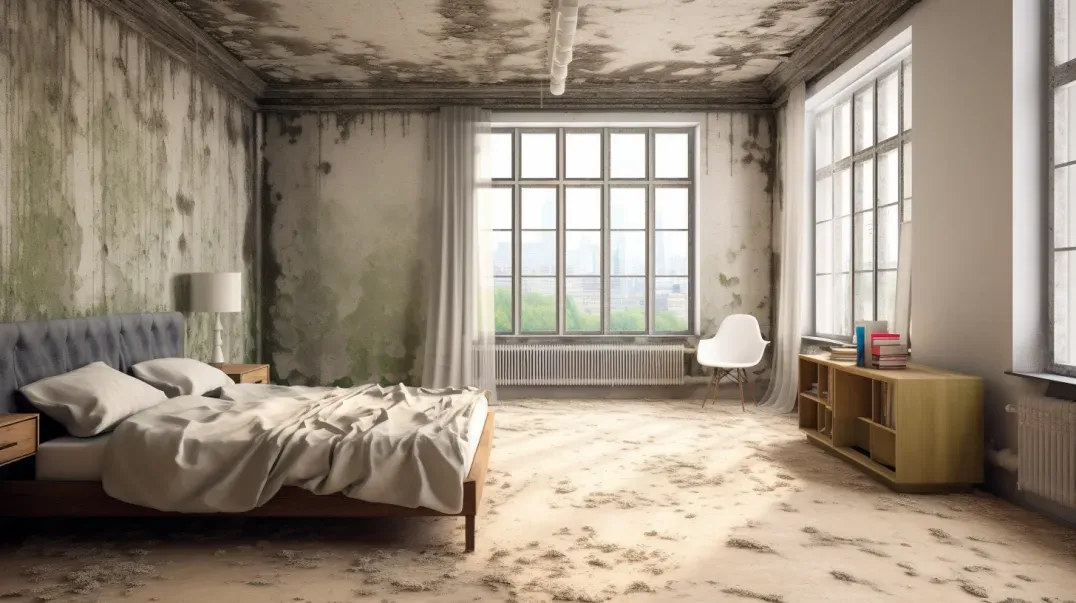
Schedule Your FREE Crawl Space Evaluation Today
There Is No Crawl Space Job We Can’t Fix!



